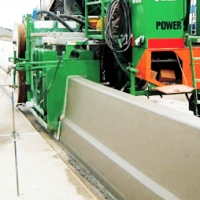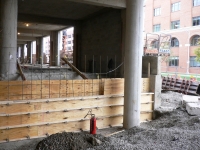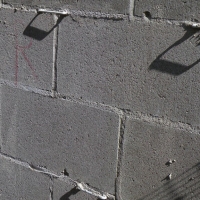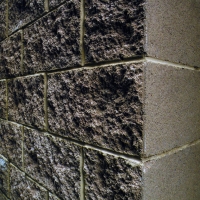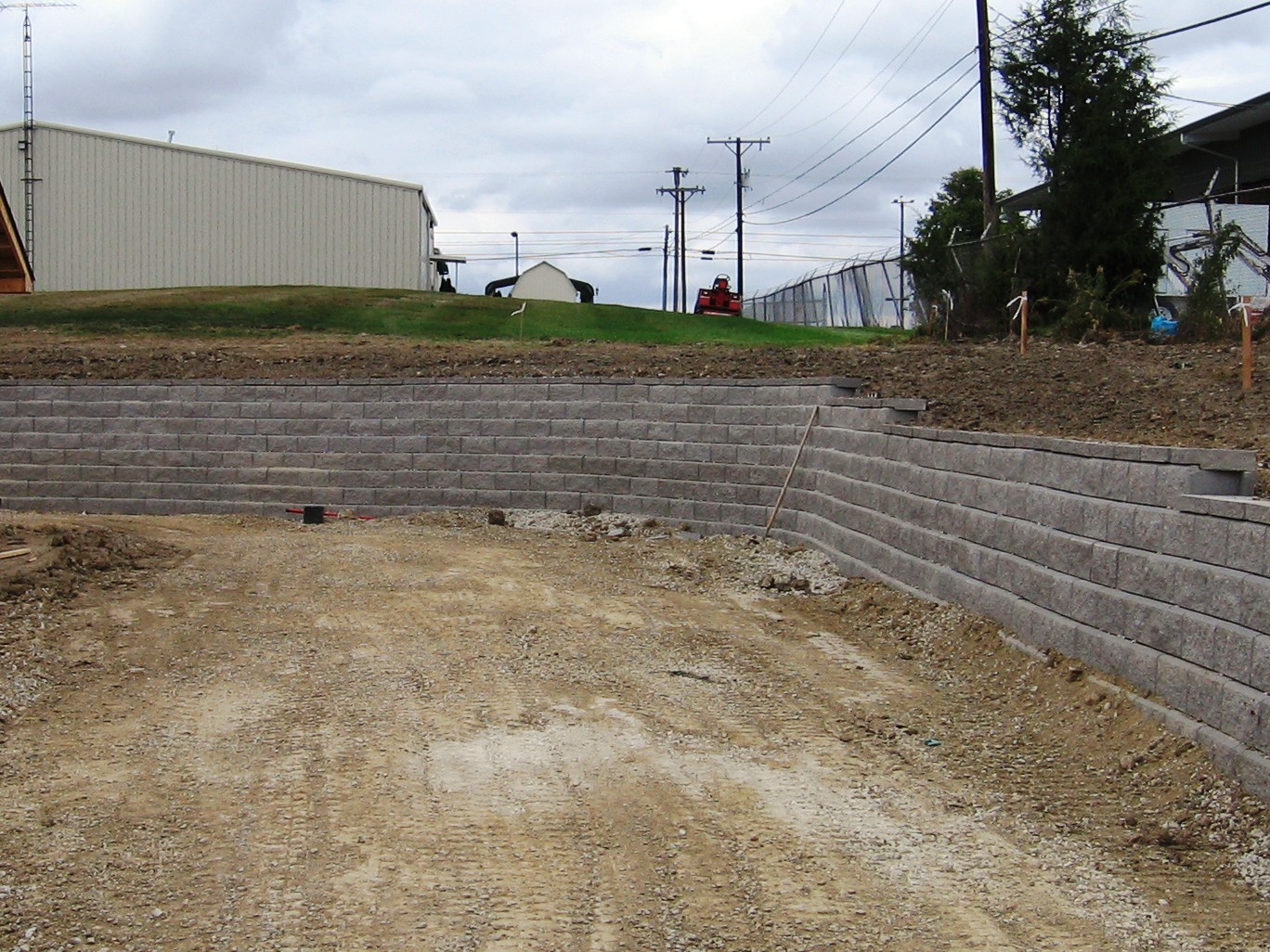Concrete Slip Forming
Thu, Aug 27, 2009Slip Forming, used to construct a variety of concrete elements and structures, is the technique of moving formwork to allow for the simultaneous extrusion and finishing of concrete.� It is a continuous process which can provide significant time savings in a variety of construction projects.� As concrete is placed, the formwork may be moved either vertically or horizontally.� It can be moved vertically to form chimneys, walls, tanks, silos, and multi-story buildings, and usually provides uniform cross-sections from the bottom of the structure to the top.� The formwork can also be moved horizontally to produce even layers of concrete for highways, driveways, curb and gutter combinations, and median barriers.

